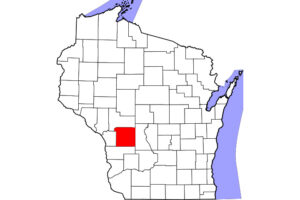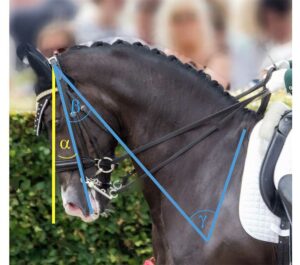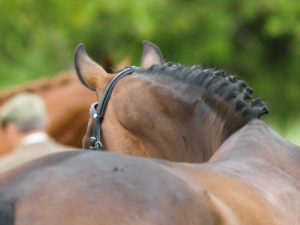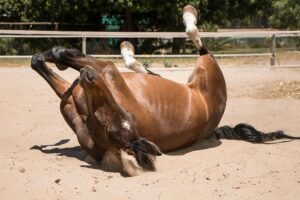Decoding the Laminitis Mystery
Laminitis and founder are two words in the lexicon of the horse that are guaranteed to elicit a definite response, whether it is a painful memory for a horse owner, a recurring anxiety for a breeder, a shoeing dilemma for a farrier, a complex prognosis for a veterinarian, or an enigma for a researcher. Laminitis and founder have dashed horses’ athletic careers on the rocks, compromised the longevity and productivity of broodmares, and even cost the horse world its most beloved celebrity, racehorse and sire Secretariat.
Despite the complexity of the disease itself and its possible longterm effects on the horse, the fact that dumbfounds owners and trainers when told they have a laminitic horse is that the veterinary community still does not know exactly what causes laminitis, or what happens in the horse’s foot when the disease strikes.
"Tiny fibers hold the hoof wall to the coffin bone," practitioners patiently tell their clients outside the stall, "and when the horse has laminitis, the fibers just let go in places. If it’s bad enough, the coffin bone falls away from the hoof wall. It sort of rotates, and the tip can go right through the sole of the foot if the damage is bad enough." By then, an owner’s face is colorless, but the response is usually predictable, "You mean, veterinarians don’t know what causes this? You can’t tell me if my horse is going to be a cripple…or not?" The frustration is universal, on both sides.
A leading researcher trying to solve the laminitis mystery is Christopher Pollitt, BVSc, PhD, of the University of Queensland in Australia. Pollitt’s landmark textbook, The Color Atlas of the Horse’s Foot, published in 1995, established him as a world leader in the hybrid field that he calls "equine foot science," an area where farriers and veterinarians work together to medically and mechanically restore or enhance a horse’s soundness. Pollitt’s personal area of research is the inner workings of the foot, and he pins his hopes for a future laminitis prevention program on understanding both the normal and laminitic foot
Create a free account with TheHorse.com to view this content.
TheHorse.com is home to thousands of free articles about horse health care. In order to access some of our exclusive free content, you must be signed into TheHorse.com.
Start your free account today!
Already have an account?
and continue reading.
Written by:
Fran Jurga
Related Articles
Stay on top of the most recent Horse Health news with



















